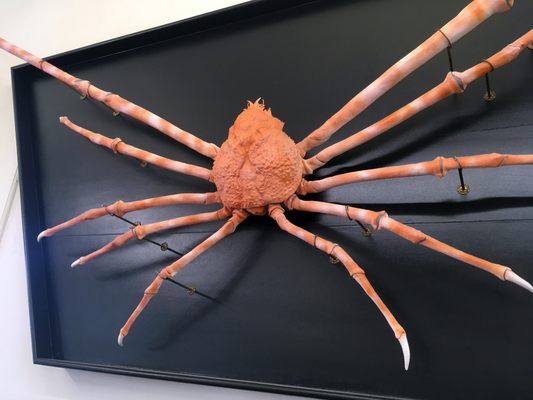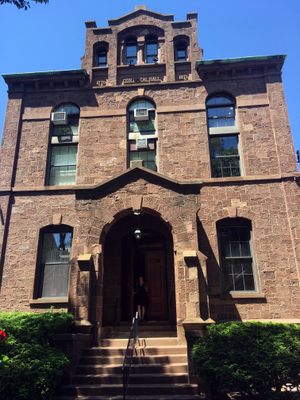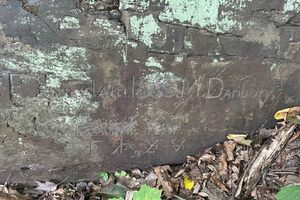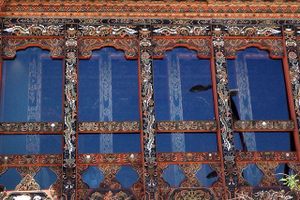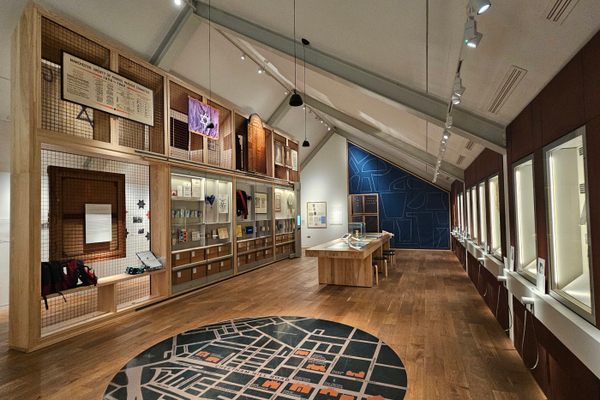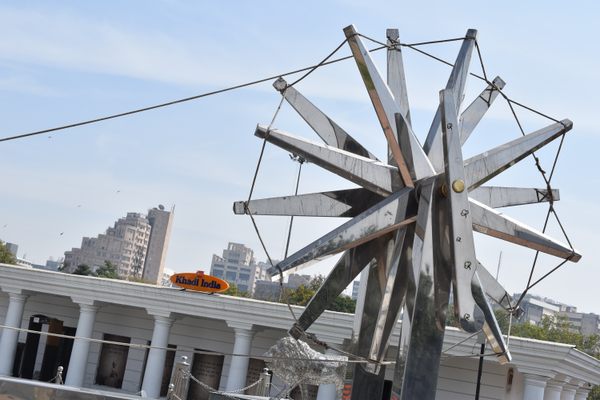About
During the Meiji Restoration of the late 1800s, the Japanese government sent many students abroad to learn more about Western society to better modernize their home country.
One of the first American schools to accept Japanese students was Rutgers University in New Jersey. Rutgers is rooted in the Dutch Reform Church and missionaries from this denomination in Japan encouraged young, ambitious students to apply to their school.
As a gift of gratitude, the Japanese government sent Rutgers the exoskeleton of a giant spider crab native to the island nation’s waters. The preserved crustacean, which measures 11 feet wide, was mounted on the wall of Geology Hall, the building that would later become the Rutgers Geology Museum.
The spider crab hung in the hall for nearly a hundred years, but by the 1980s it had cracked and deteriorated so much so that it was taken down. It remained in storage for over two decades and was almost discarded until it was rescued by the university and restored by biological artist Bruce Mohn in 2015.
Today, the spider crab can be found on display on the second floor of the geology museum, serving as a reminder of the university’s connection with Japan.
In addition to the crab exoskeleton, the museum also features exhibits on fossils and minerals from New Jersey, including a fully assembled mastodon skeleton, fossilized dinosaur footprints, and the leg bones of a prehistoric, crocodile-like phytosaur.
Related Tags
Know Before You Go
The Rutgers Geology Museum is located on the 2nd floor of Geology Hall. Street parking is available on most nearby streets.
Published
December 30, 2020
Sources
- https://geologymuseum.rutgers.edu/about-us-geology-museum/spotlight/96-giant-spider-crab-restored-after-35-year-absence
- https://www.rutgers.edu/news/giant-crab-exoskeleton-exile-25-years-returns-rutgers-geology-museum
- https://www.google.com/maps/place/Rutgers+Geology+Museum/@40.4986387,-74.4488552,17z/data=!3m1!4b1!4m5!3m4!1s0x89c3c653fe141105:0x292cbcb6042731c!8m2!3d40.4986346!4d-74.4466665
